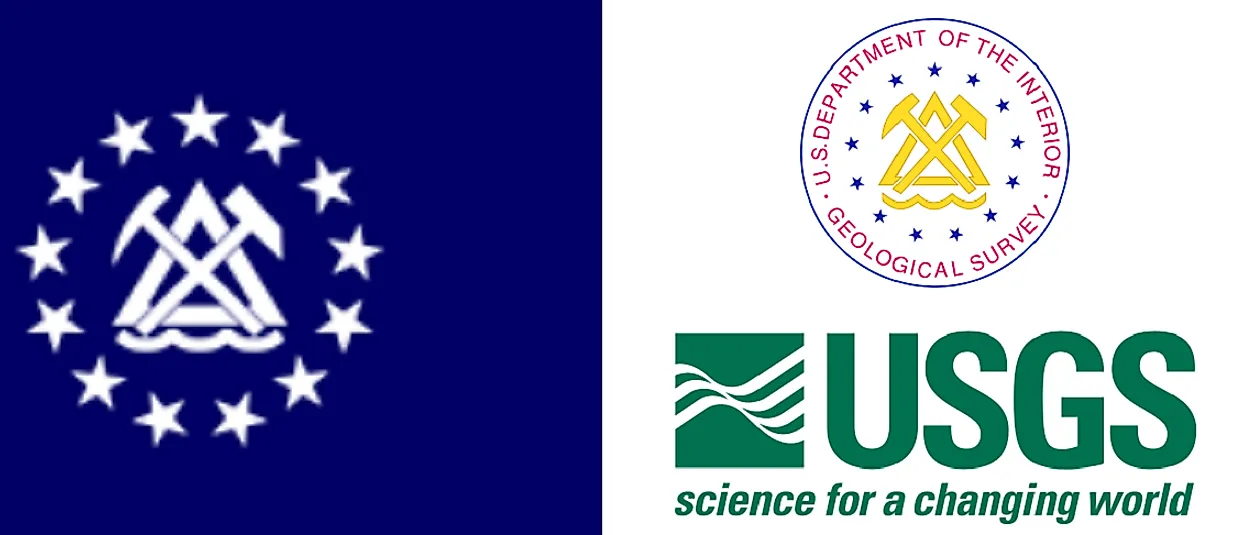What Is The United States Geological Survey?

History of the USGS
First began 137 years ago, the United States Geological Survey operates within the United States Department of the Interior. It acts as the department's scientific fact-finding agency. The agency was created during the tenure of President Rutherford B. Hayes, when on March 3rd, 1879, the US Congress created the United States Geological Survey (USGS). Its initial main objective was to categorize and inventory new territories that were annexed during the 1803 Louisiana Purchase at the start of the century. Another objective was to survey annexed land gained from the outcomes of the 1848 Mexican-American War. The agency had as its first director Clarence King, who organized all of the government's survey agencies into one body that would work under what was now the USGS. John Wesley Powell was the second director of the agency, followed by Charles Walcott. As a fact-finding research agency, the United States Geological Survey has no regulatory responsibilities.
Functions
Today the main aim of the USGS is to investigate, analyze, and appraise the topography, natural hazards, and natural resources of the United States. Its programs are categorized into four scientific fields. Namely, these are geography, geology, biology, and hydrology. The headquarters of the present USGS is located in Reston, Virginia. Its other regional offices are located in Menlo Park, California and Lakewood, Colorado. Its overall employee count stands at around 8,670 personnel at the present time. The USGS also works with private entities and other government agencies for fulfilling its scientific studies. It also collaborates with other international agencies in around 100 other countries in finding and providing technical and scientific knowledge. The agency has also been working with Alaskan Native agencies and American Indians to responsibly utilize mineral and water resources upon their respective reservation lands. Conservation efforts are also being carried out towards the environment and animal habitats throughout the US by the USGS.
Programs
The current programs of the USGS have been created for a variety of purposes. These aim to determine changes in land use and climatic patterns, to conduct research on earth and its core systems, to study ecosystems, to determine energy needs and mineral and environmental health issues, and to put environmental hazards and water supply issues into better context. The USGS also observes earthquake trends on a worldwide scale. Another one of its monitoring activities is concerned with creating early warning systems for volcanic activities in the United States. It monitors magnetic fields at magnetic observatories as well. The agency works with Mexican and Canadian scientists to track environmental concerns all throughout North and Central America. Additional programs of the USGS involve partnerships. These include the combined USGS and Stanford University Analyses program of trace elements in minerals, the climate and land use impact partnership with the National Climate Change and the Wildlife Science Center, and the USGS's use of Twitter for improving Shakemaps, an earthquake hazards program.
Significance
The importance of the United States Geological Survey should not be underestimated. The agency has been undertaking surveys, research, and studies on many aspects of geography, geology, biology, and hydrology. Once its findings are finalized, the information data is correlated and printed into one of its publications for the general public and scientific institutions to use. The agency also disseminates information regarding its findings on related data on its online website for other agencies and concerned parties to gather and use. Social media is another source where interested parties can access and learn about the USGS and its programs. The USGS regularly posts articles, messages, videos, and Tweets on different social media outlets filled with relevant public information. Facebook, YouTube, Twitter, Flickr, Google+, and Instagram are just some of the social media sites where the public can learn about the ongoing programs and findings of the agency.











